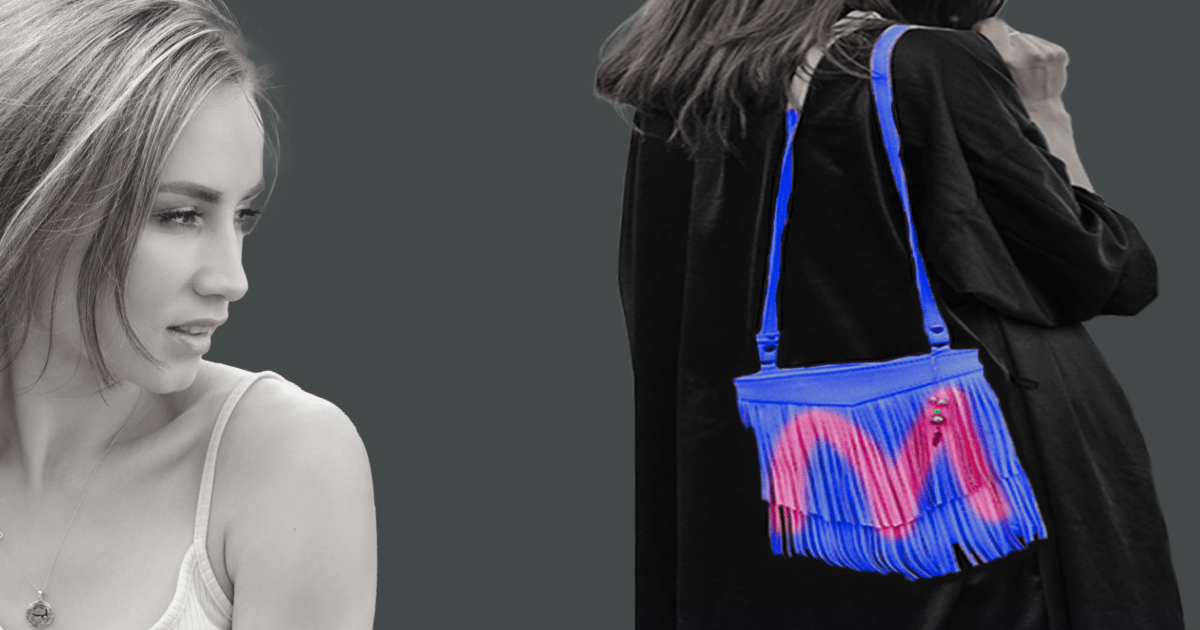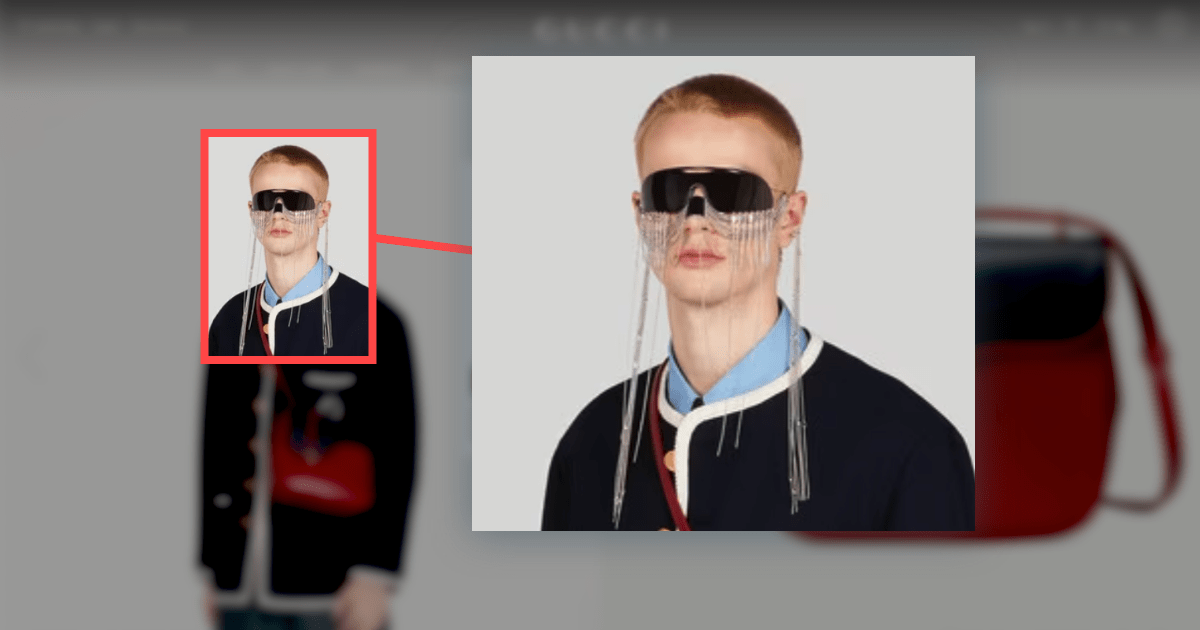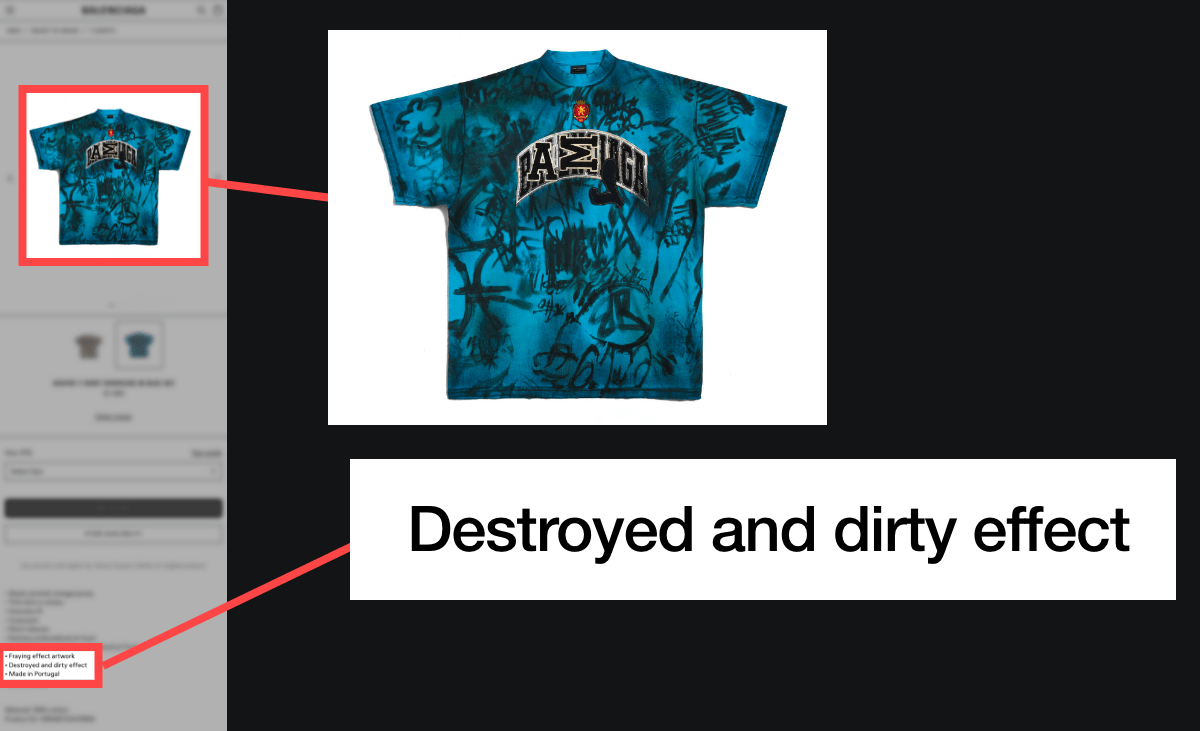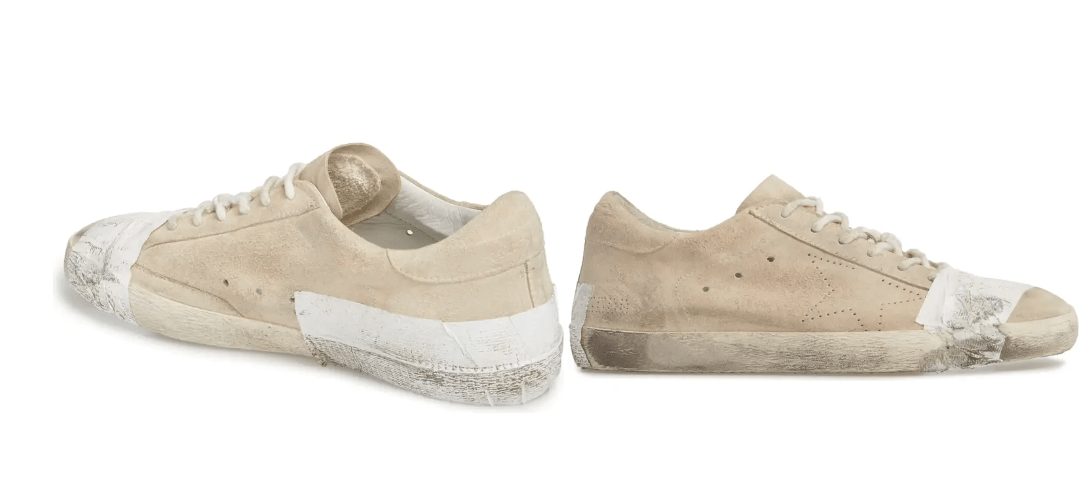Luxury Products Can Be Ugly, As Long As They Grab Attention
People buy luxury products to signal their status. They don't need to be beautiful. Just distinctive.

Overview
Ironically, luxury products can be ugly.
Noticeable
Ugly products grab more attention, which helps people communicate ownership more effectively (Cesareo, Townsend, & Pavlov, 2022).
Similar effects happen with grotesque imagery (An, Lee, Kim, & Youn, 2020). That’s why luxury brands often insert unusual designs.
Like this person on Gucci’s site:

That handbag is nearly $4,000, and it doesn’t loudly showcase the Gucci logo. Therefore, Gucci assures customers that other people will notice the handbag by showing a model wearing an extravagant accessory. You can’t help but stare at this person. You then blame a portion of this attention on the handbag: Hmm, I'm staring intensely at this person. This handbag must get a lot of attention.
Perceived Wealth
Ugly products can seem low-class. And, ironically, low-class products (e.g., ripped jeans, lobster mac and cheese) can seem higher status:
Because emulating lows is costly and risky for middles, doing so provides an alternative way for highs to distinguish themselves. (Bellezza & Berger, 2020, p. 5)
Consider this scribbled shirt for $1,350 from Balenciaga, which even boasts a “destroyed and dirty effect.”

Who would spend $1k on a scribbled shirt? People who want to communicate they're wealthy enough to spend $1k on a scribbled shirt.
Though some brands go too far, like Golden Goose who received backlash for their duct tape sneakers:

People accused them of poverty appropriation (see Bowerman, 2016).
- An, D., Lee, C., Kim, J., & Youn, N. (2020). Grotesque imagery enhances the persuasi
- Bowerman, M. (2016, August 30). ‘Poverty appropriation’: Outrage over $600 duct-tape designer shoes. CNBC. https://www.cnbc.com/2016/08/30/poverty-appropriation-outrage-over-600-duct-tape-designer-shoes.html
- Cesareo, L., Townsend, C., & Pavlov, E. (2022). Hideous but worth it: Distinctive ugliness as a signal of luxury. Journal of the Academy of Marketing Science, 1-22.
